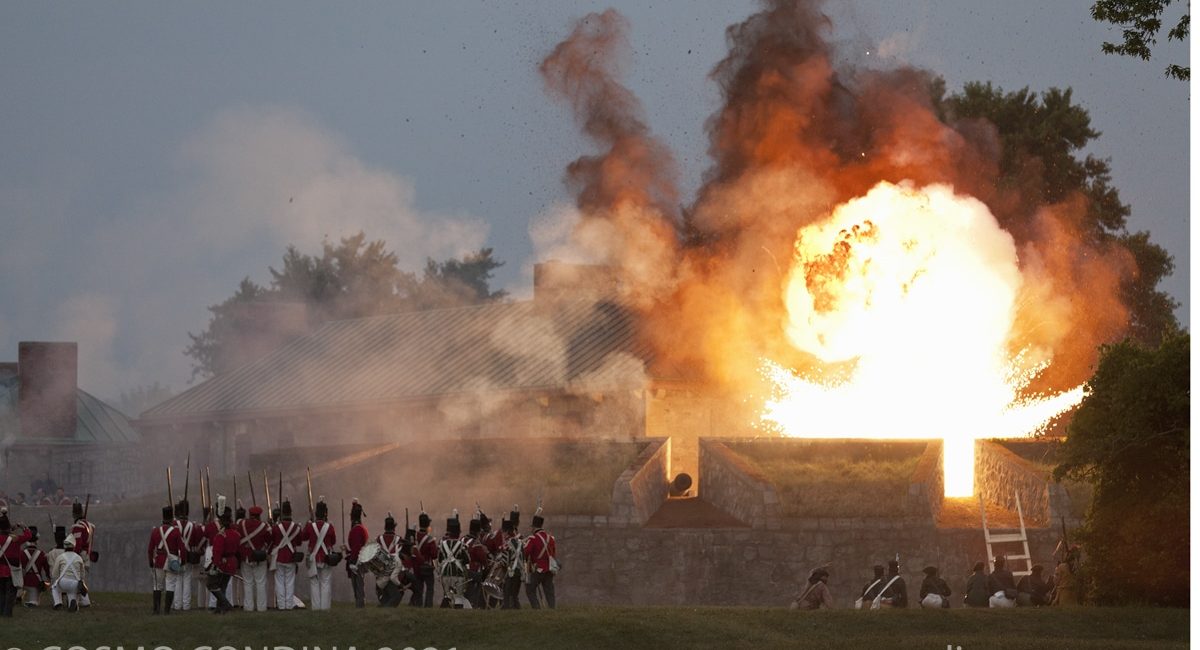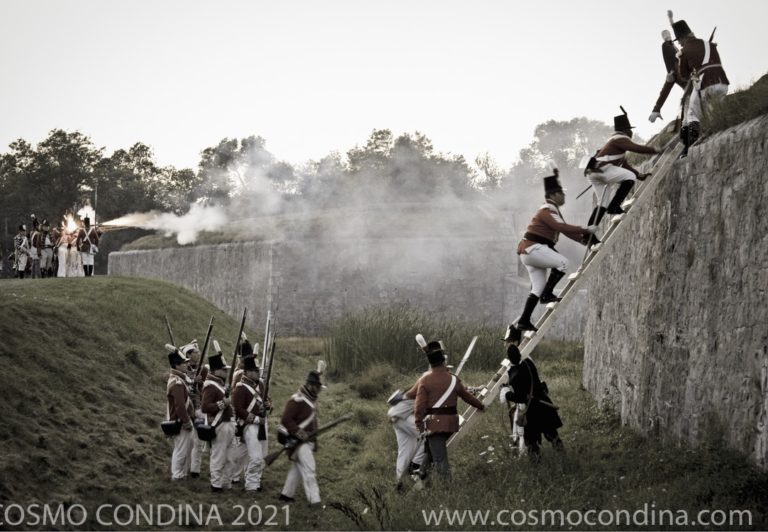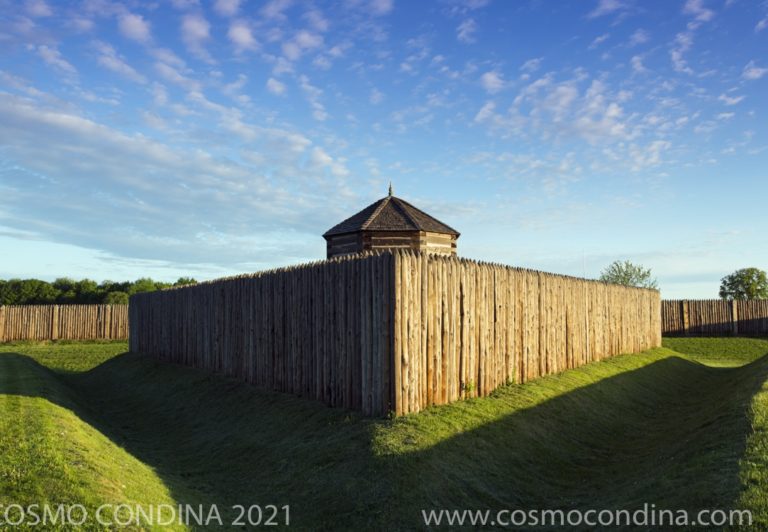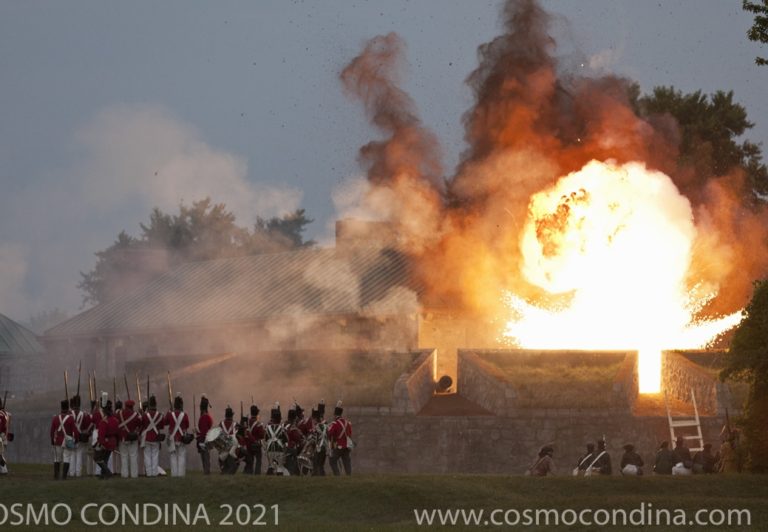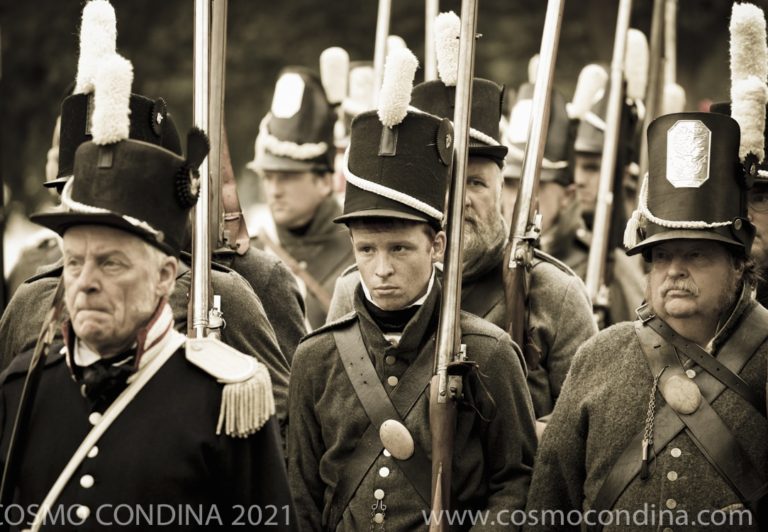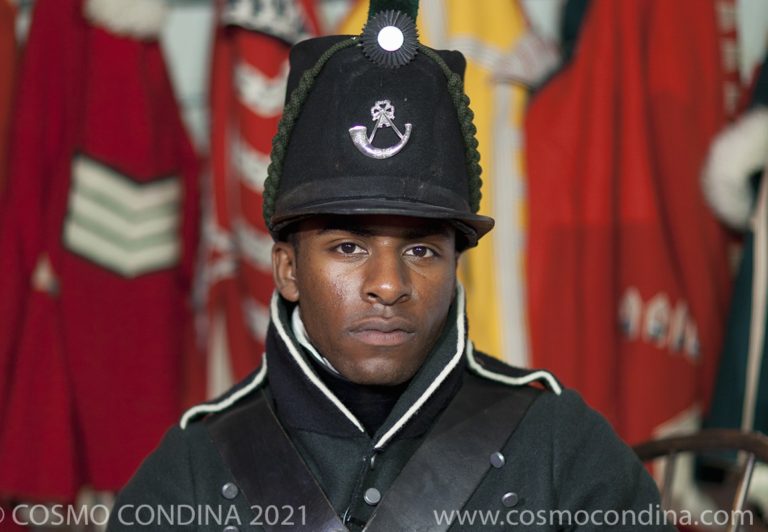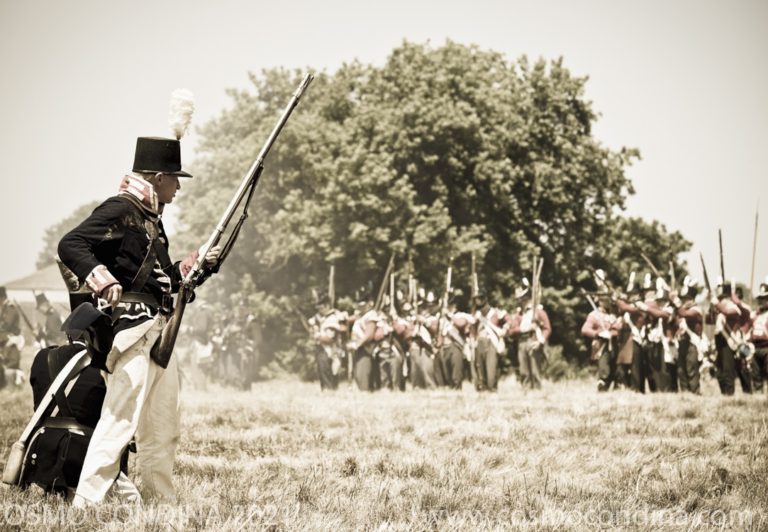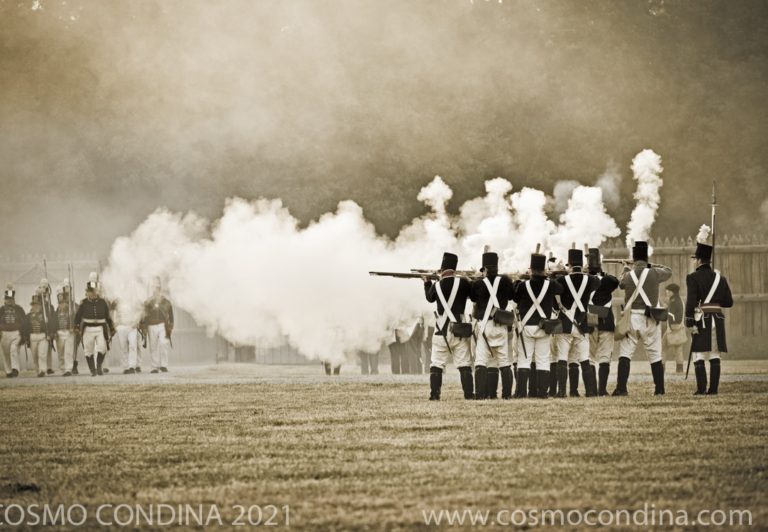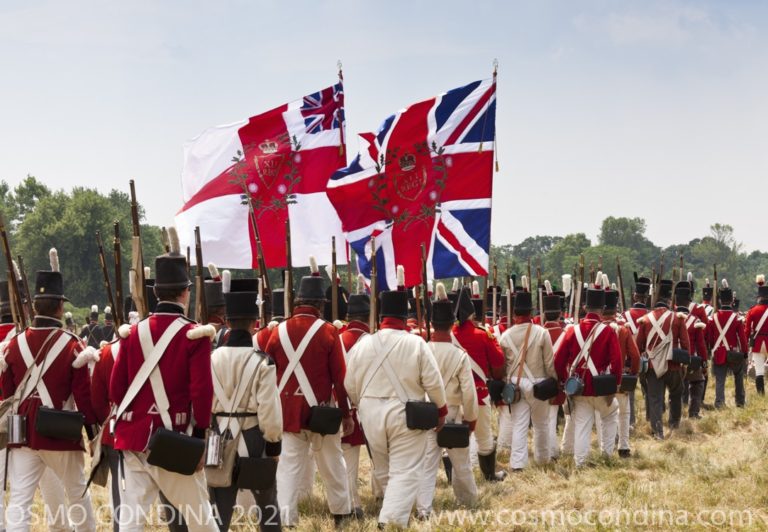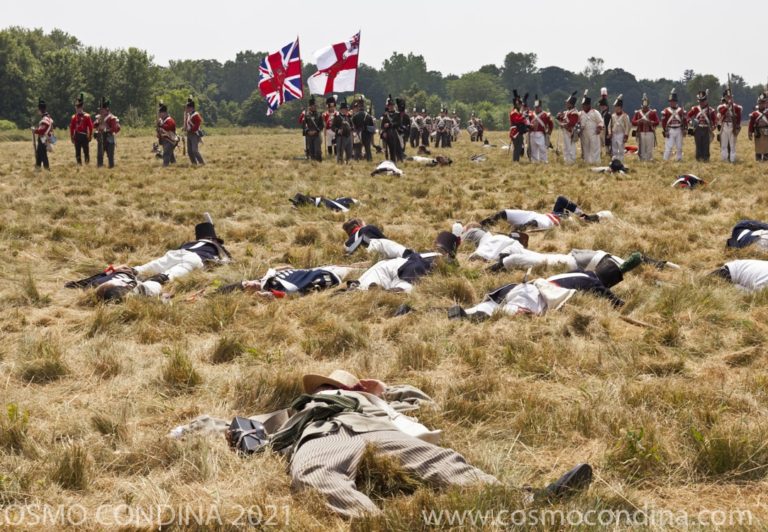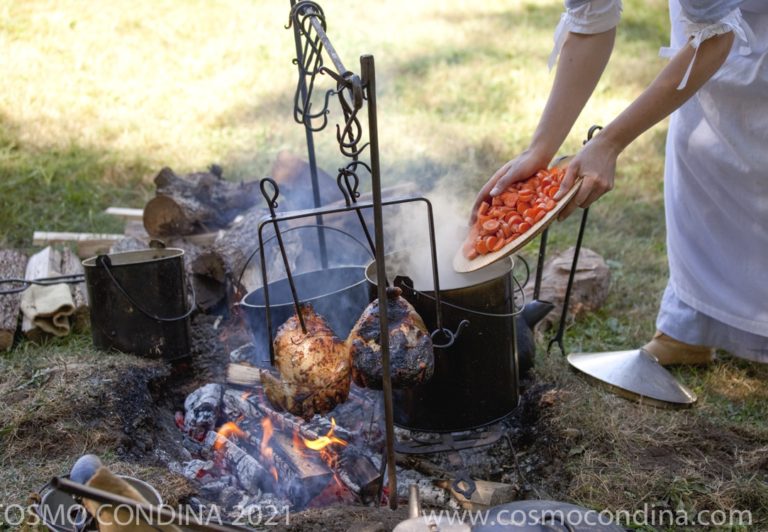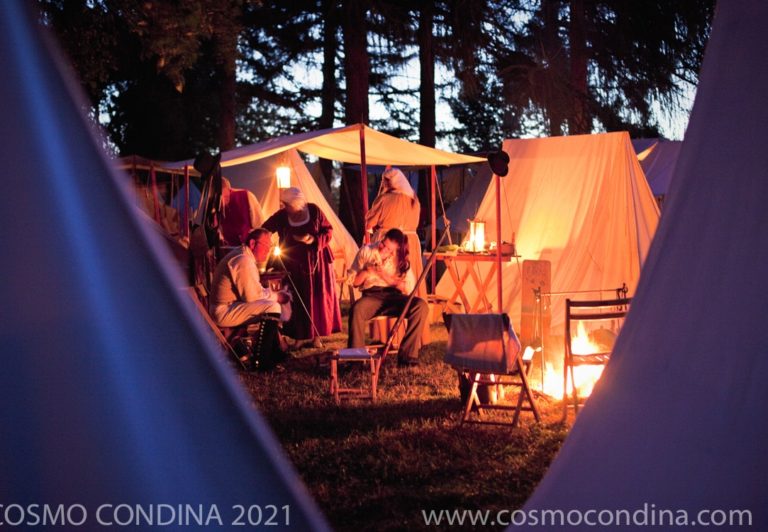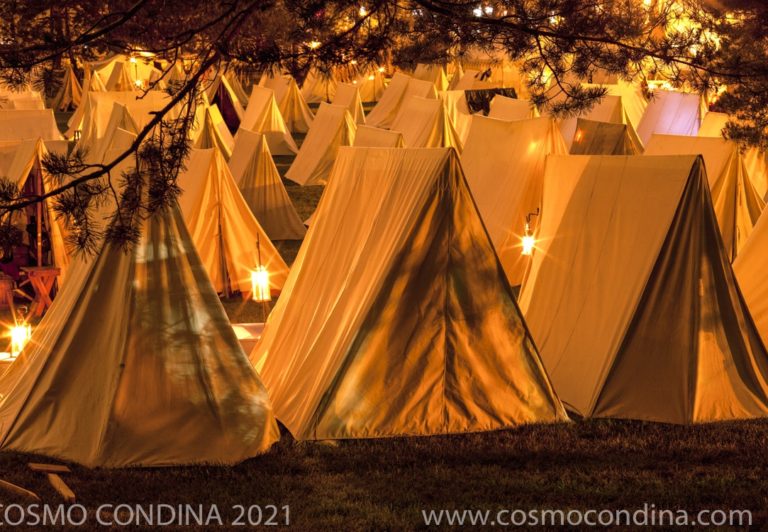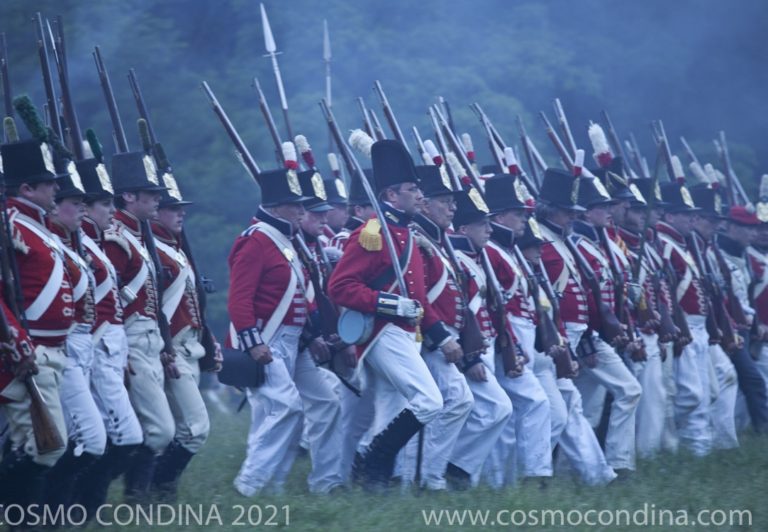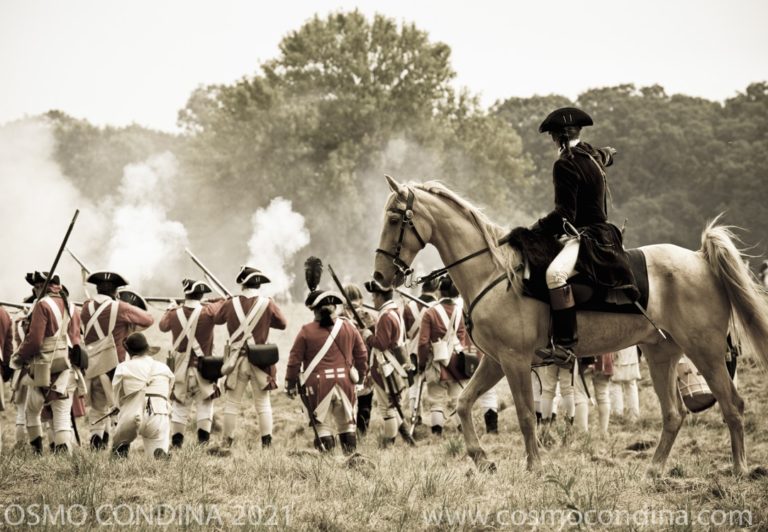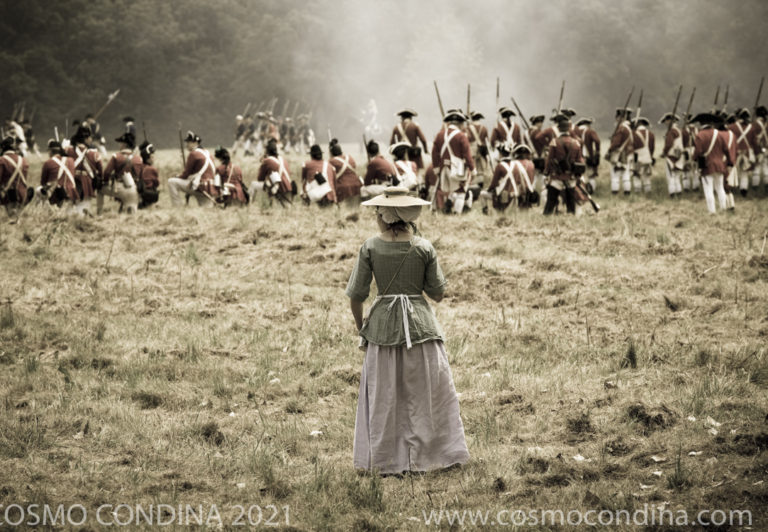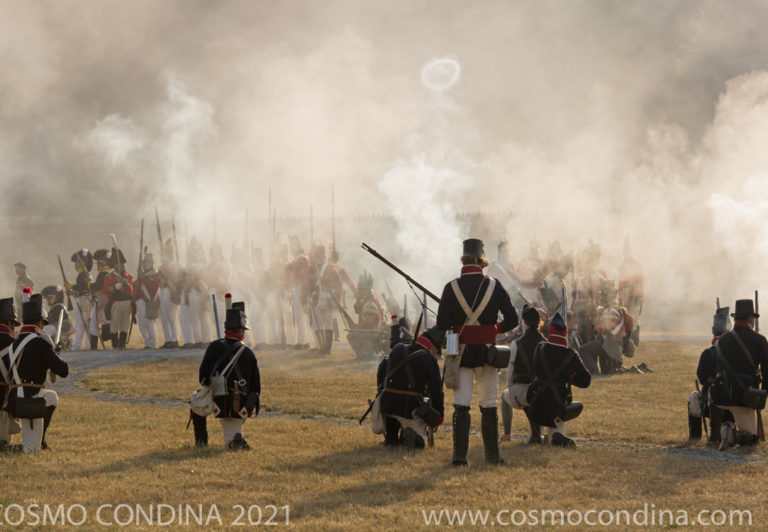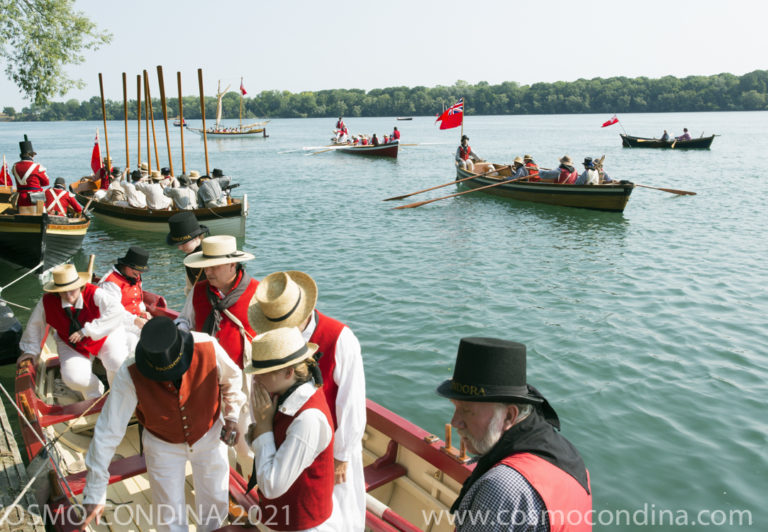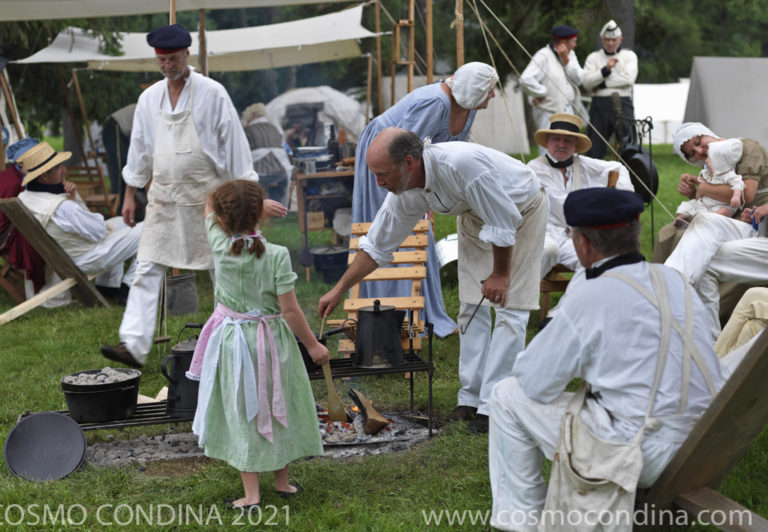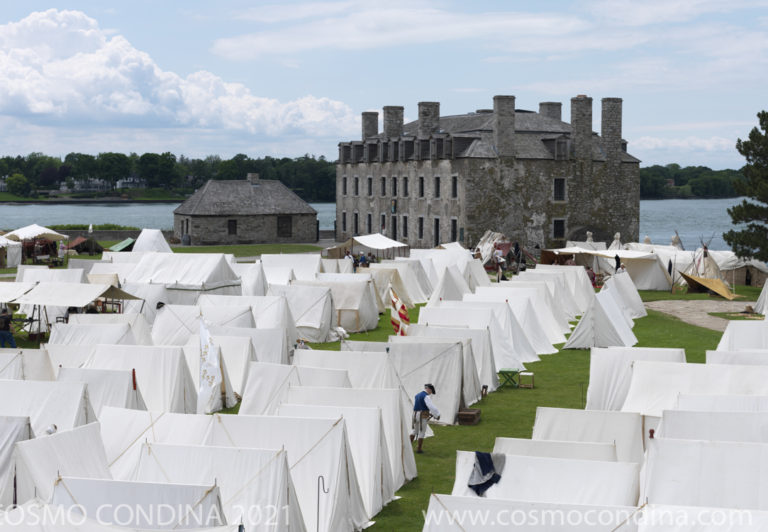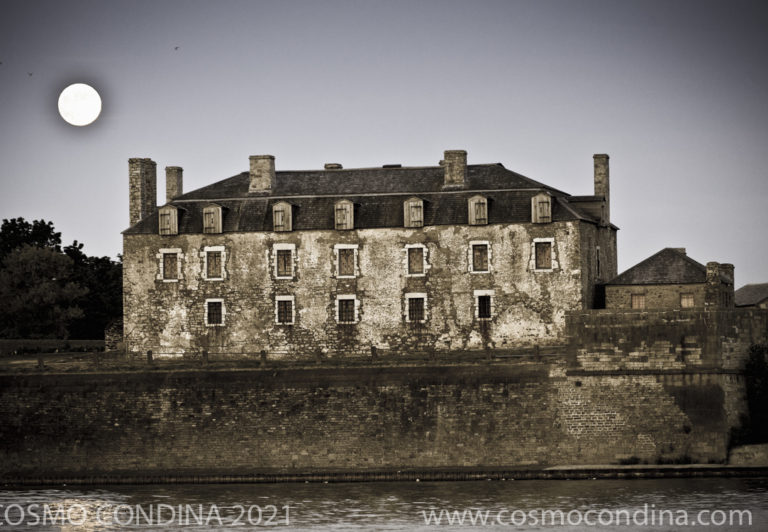One of the pivotal turning points in North America’s history is recreated each year through re-enactments of the War of 1812 that take place on Ontario’s Niagara Peninsula. It is known as the Niagara Campaign.
U.S. President James Madison thought it would be easy to invade Canada and expel England from the American Continent. At the time there were 7.7 million Americans and only 300,000 living in Canada.
The war raged from June 18, 1812, to December 24, 1814, with 20,000 soldiers dying in Niagara. At the end of the war the borders remained the same but the British ceased supporting First Nations people in the fight against American settlement in the Midwest.
My first encounter with an 1812 re-enactment was at Fort Erie in 2007. I thought I had come to a movie set since everything seemed like a moment frozen in time. Costumed re-enactors set up encampments with white canvas tents, open fire pits for cooking, militia drills and nothing in sight that hinted to the present.
Since 1985 at Fort Erie, participants in period costumes present a glimpse of life in the 1800’s which includes costumed merchants offering historical artifacts for purchase and a Mini Militia to let children experience what it was like to be a soldier in the 1800’s. There is also an artillery demonstration and a Night Lantern tour. The highlight of the evening is the recreation of the powder magazine explosion. The 1814 siege of Fort Erie killed more than 3,000 men, making it Canada’s bloodiest battlefield.
The War of 1812 was waged in the American North, Niagara Frontier, Saint Lawrence River, Atlantic Coast and the Gulf Coast. Major sites to visit are Niagara on the Lake, Fort George and Fort Mississauga, which offers a view of Fort Niagara in New York State across the Niagara River. At the time of the war, Niagara on the Lake, then known as Newark, was the capital of Upper Canada. In December 1813 the town was torched with only three buildings left standing. In retaliation, the British burned Lewiston, Black Rock and Buffalo in New York State and then sacked Washington DC, setting fire to the US Capital Building and the White House in 1814.
In the village of Queenston, halfway between Niagara on the Lake and Niagara Falls is the site of The Battle of Queenston Heights. Here a major American invasion took place where the leader of the British forces, Major General Isaac Brock was killed. A 183-foot commemorative monument with an internal 235-step spiral staircase and a view of the Niagara River. The Laura Secord home is in Queenston. Laura Secord is considered a British heroine of the War of 1812 for traveling 20 miles through the forest to warn the British of an impending American attack. The Six Nations and Native Allies Commemorative Memorial, named Landscape of Nations, can also be found in Queenston Heights Park. The memorial commemorates the significant contributions made by First Nations during the War of 1812.
Niagara Falls is the site of the Battle of Lundy’s Lane, a six-hour nighttime engagement with 900 casualties. Travel further south on the Niagara River Parkway and you’ll come to the scene of the Battle of Chippawa. Further south on the parkway you’ll arrive at Fort Erie.
After my first encounter with the Fort Erie Re-enactment I began to photograph in earnest to the point where I was invited to join a regiment and have access to the field during battle re-enactments. I was under strict rules not to display my cameras or I would be escorted off the field. It was challenge. It took five years before I had the photos needed to produce the book Niagara at War 1812.


